The drink on everyone’s lips this year – Whiskey. It has been making waves and breaking records but with an ever-growing array to choose from it can be hard to know where to start. So we have selected the best of the best to get you started.
‘Today’s rain is tomorrow’s whisky’ or so goes the old Scottish saying. A sentiment worth holding onto as we squelch our way through the UK's wetter days. Sure it might be cold out there, but do you know what that means? Those extra chilly hours in the day give us more time to finally become the whiskey connoisseurs we’ve always wanted to be.
Whiskey has been experiencing something of a renaissance of late. What was once the domain of old men in tweed, it has more recently caught the eye of that most coveted group – millennials. The surge in its popularity has allowed for a bit of a shake-up. Historically a Scottish and Irish stronghold, the good word has now spread to all corners of the earth, and the new kids on the block are beating the old guys at their own game (we’re looking at you, Japan). This bout of fresh competition has pushed the industry to new and exciting plains, with old distilleries trying out new techniques and new distilleries turning old ideas on their heads.
The veterans are making waves too. At the end of October this year, a bottle of The Macallan exploded records when it sold for £1.45 million, making it the most expensive bottle of wine or spirit ever auctioned. So, if you have the self control and canny to buy some bottles and keep them in your basement for a few decades you could be looking at making a pretty penny or two yourself. The worst case scenario? You drink it. Win, win.
All of this means that there has never been a better time to dip your toe in those malty depths. But with so many brands and styles to choose from, even the discerning drinker can be a wee bit intimidated. Don’t fret, we’ve rounded up our favourite drams from all around the whiskey world to get you started. Slainte!
Japanese Whisky
It’s no secret that in recent years Japan has grown to dominate what was once a bit of a one-horse race (that horse was old and Scottish). Their approach to the art of whisky making can be summed up in a one-word philosophy – ‘Monozukuri’ – meaning ‘a relentless pursuit of perfection, meticulous attention to detail and a commitment to quality’. Japan has built a reputation for creating beautifully delicate and perfectly balanced expressions. They were the first country to really embrace pairing whisky with food and some were created for just that (take a look at Toki below). Probably the most classic way to enjoy your Japanese whisky is in a highball cocktail. The bubbles of the soda and the acidity of the citrus cut through fats and make it the perfect sidekick to Japanese food.
Toki

Tasting notes: Green apple leads with bright citrus notes from pink grapefruit to lime with bitter herbs, toasted almonds and vanilla oak lingering underneath.
Buy it: Tesco, £35.00
Yamazaki 12yr
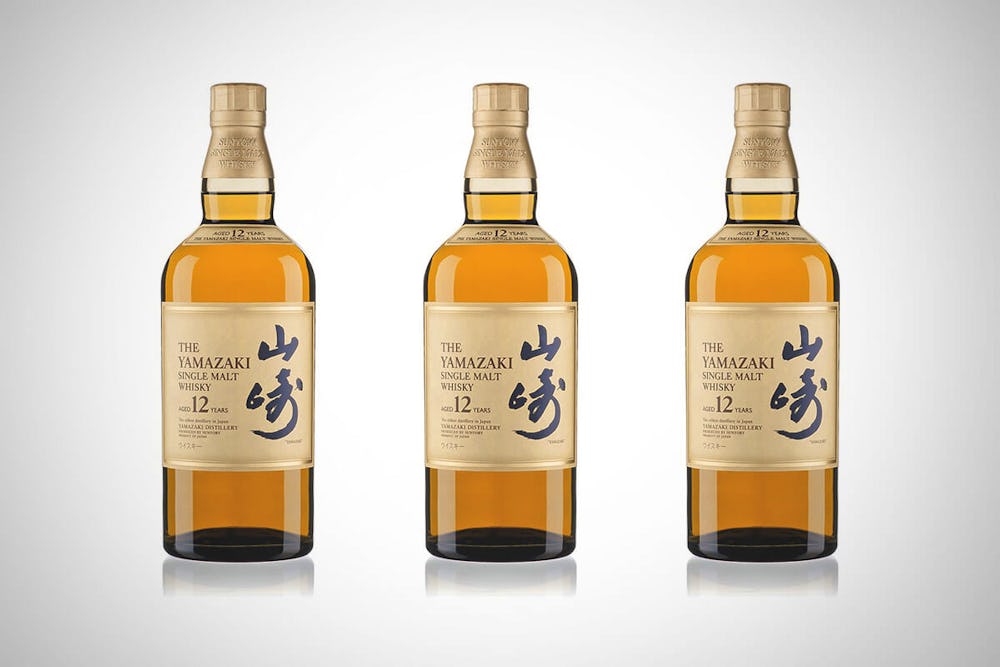
Tasting notes: Smooth and soft with good sweetness and winter spice. A lovely citrus note develops with more tropical fruit notes and a little rum.
Buy it: The Whisky Exchange, £125
Chita
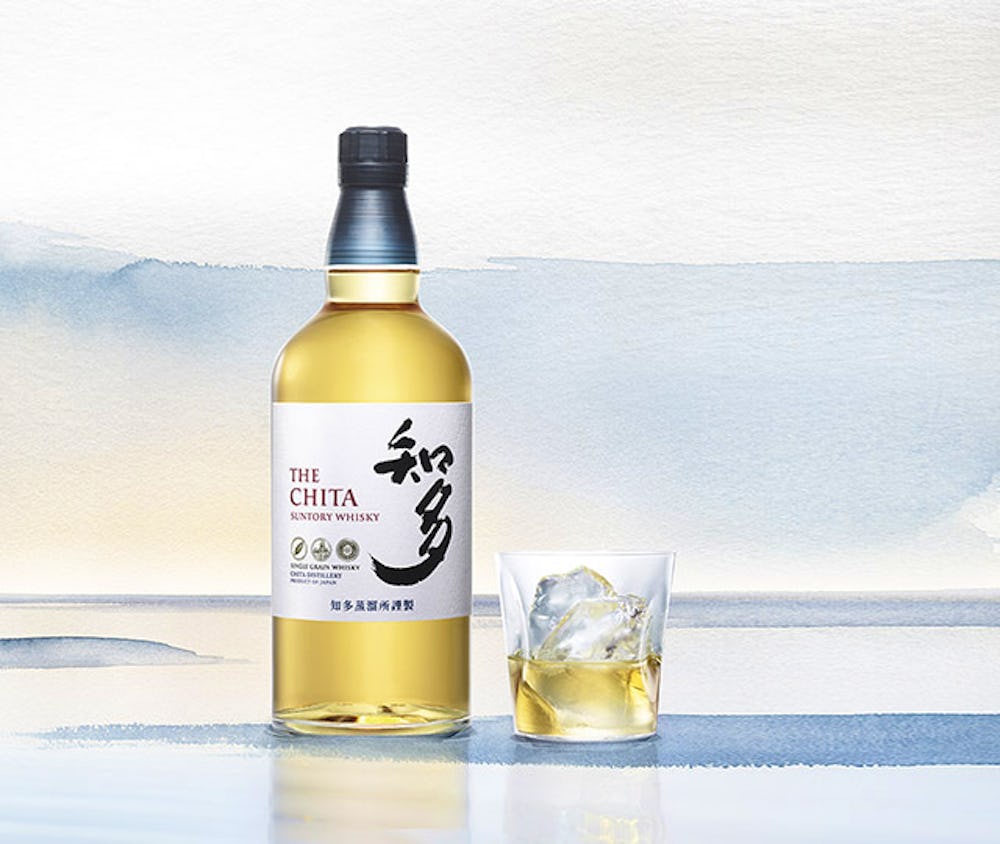
Tasting notes: Light with a chewy mouth-feel and notes of mango, grape must, orange-blossom honey, and roasted grain.
Buy it: The Bottle Club, £38.99
Nikka From the Barrel
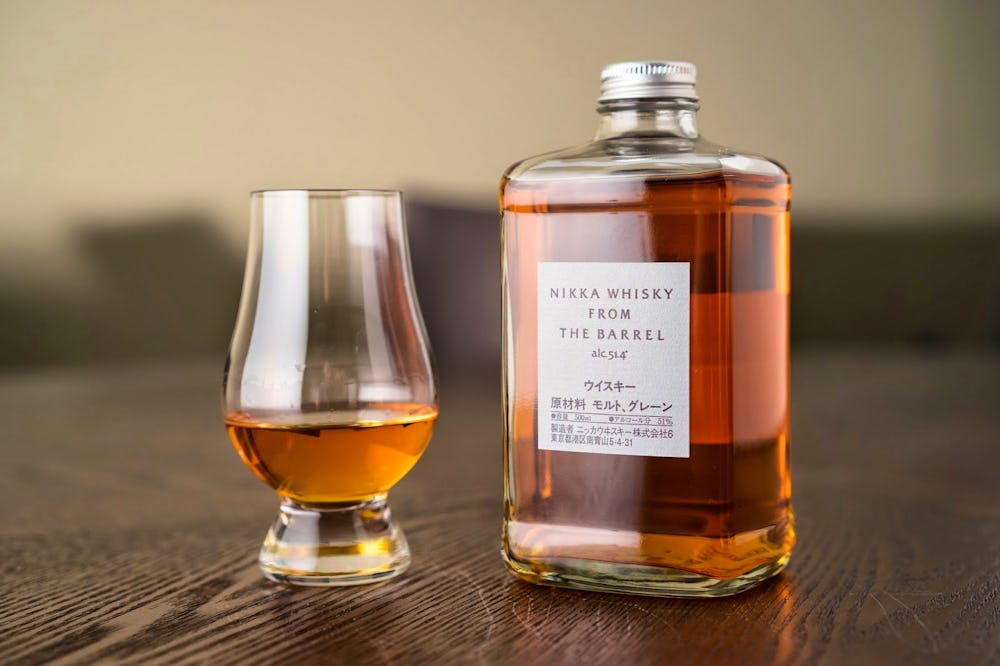
Tasting notes: Floral, fruity and ever so spicy. Notes of citrus peel, apricot, vanilla, caramel and wood.
Buy it: Master of Malt, £42.95
Scotch
Did you know that for every person in Scotland, there are 3 whisky barrels? It’s no surprise then that the Scots are a nation obsessed with the stuff. In fact, even the name denotes lofty praise (uisge-beatha translated from Scottish Gaelic means ‘water of life’, the word "whisky" is simply an anglicised version). There are records of Highland whisky distillation going back to the 13th century so they’ve certainly had some time to practise, and boy, are they getting pretty good at it. Picking your Scotch can be a little intimidating, what with there being so many to choose from, but the simple trick is to know what part of the map it came from. As a rule of thumb, if it comes from the West, it’ll be ‘peaty’ and if it’s from the East it will be ‘sweety’. Get to know which of those flavours you’re keen on, hone in on those, and you’ll be a connoisseur in no time.
Glen Moray Elgin Classic
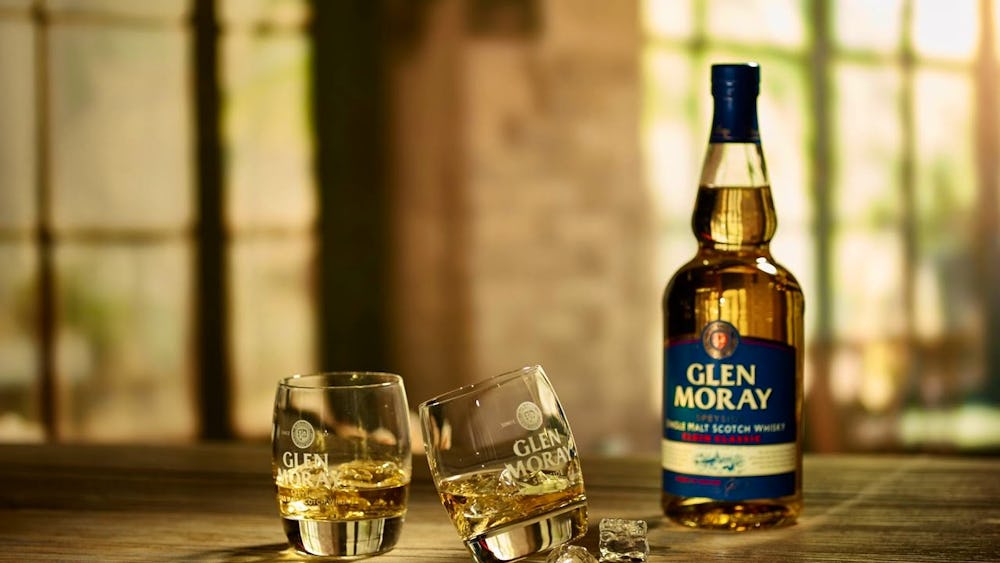
Tasting notes: Light, grassy and sweet with notes of green apple and lemon.
Buy it: Tesco, £20.50
Glenrothes 10 yr
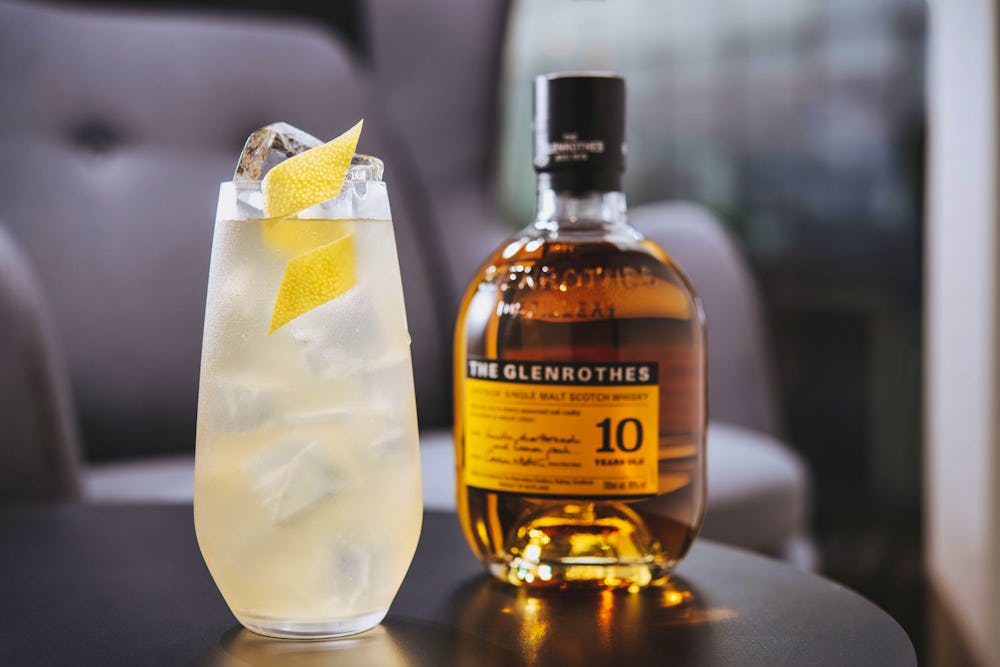
Tasting notes: Warming flavours of vanilla and butter with a light sweet malt and a zing of lemon sherbet.
Buy it: The Whisky Exchange, £36.45
Glengoyne 12 yr
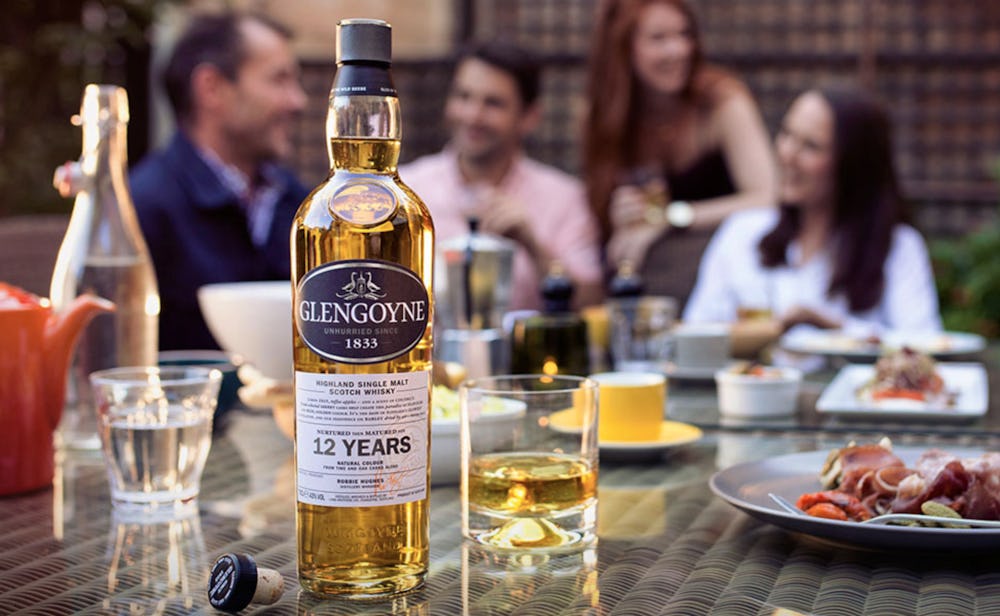
Tasting Notes: Toffee apples and lime with fresh coconut aromas and a bright finish.
Buy it: The Whisky Exchange, £39.95
Glenmorangie Quinta Ruban
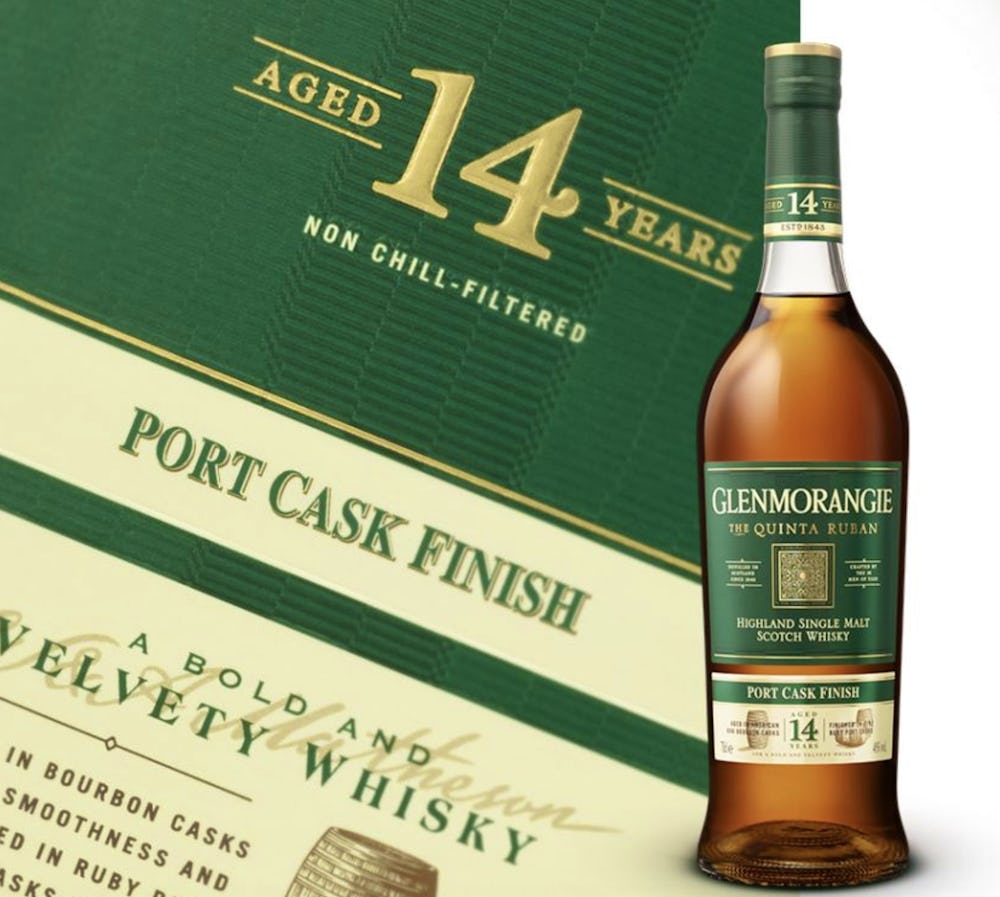
Tasting Notes: Rounded and complex with fruit-driven flavour and a dark intensity.
Buy it: Master of Malt, £49.95
Laphroaig 10 yr

Tasting Notes: Huge smoke, spices, liquorice with a salty, iodine undertone and a vanilla sweetness.
Buy it: The Whisky Exchange, £38.95
Glenfiddich Fire & Cane (Experimental Series)
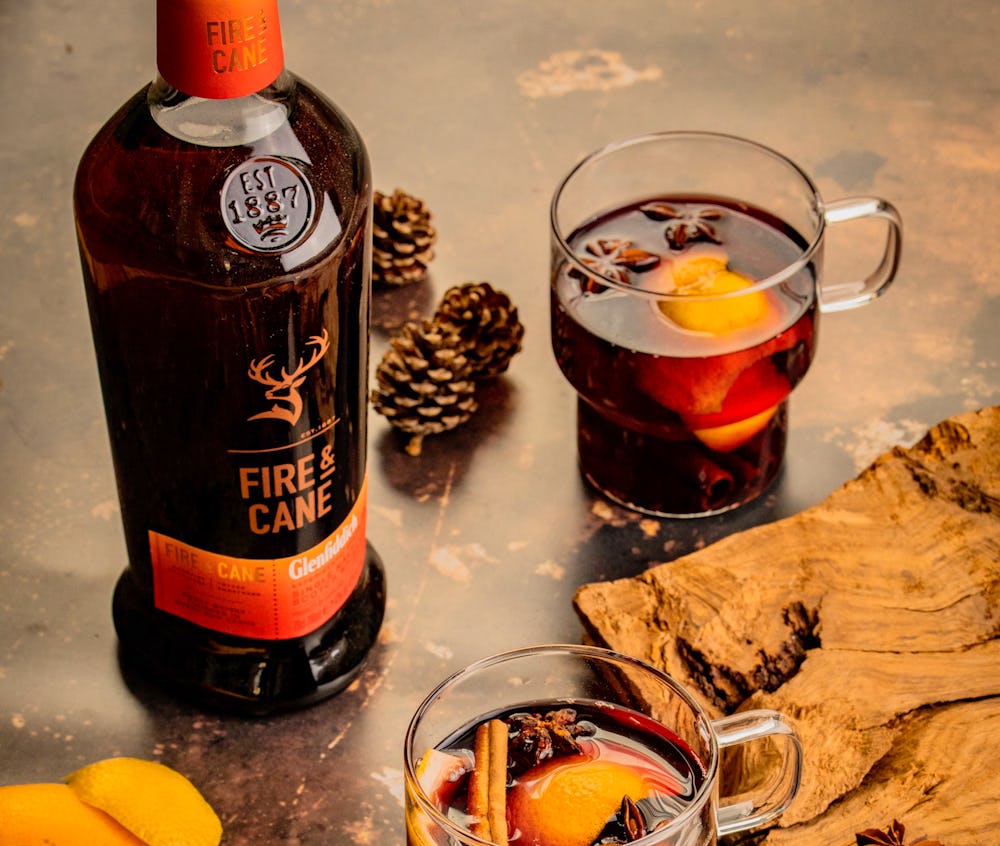
Tasting Notes: Soft smoky aroma with a touch of toffee and spice. Peaty on the palate with oak notes, as well as sharp green fruits and baked apples.
Buy it: The Whisky Exchange, £42.75
Irish
Ever noticed the difference in spelling with whisk(e)y? That extra e used for Irish whiskey. It got there because the Irish wanted to have a spelling that allowed consumers to distinguish between them and their Scottish rivals. In fact, Irish whiskey was considered superior for much of the 19th Century. The Emerald Isle saw its iconic tipple decline to near extinction with just 2 distilleries remaining by 1980, whereas today they boast 88 and counting. The classic Irish style is triple-distilled so a little lighter than Scotch and with more of the character coming from the wood, the new spirit is aged in so keep an eye on the maturation notes if you want to get a good sense of the flavours.
Green Spot

Tasting notes: Malt, barley, and toffee with a hint of green apples, finishing with a touch of ginger.
Buy it: The Whisky Exchange, £40.95
Connemara

Tasting notes: Full and smooth with notes of malt and peat, honeyed smoke and barley sweetness.
Buy it: The Whisky Exchange, £37.75
Redbreast 15
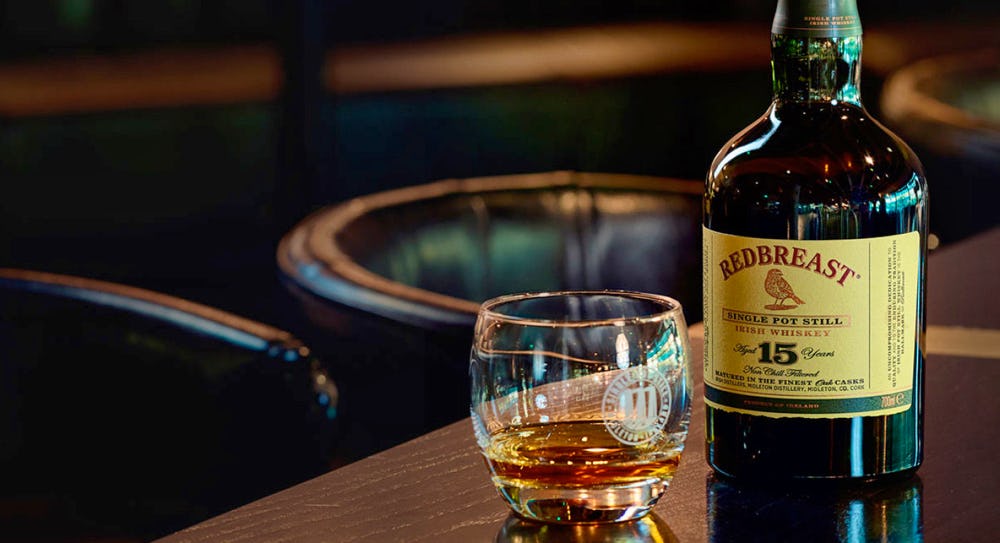
Tasting Notes: Creamy and smooth, notes of cooked fruits, fried banana, orange groves, nutmeg, butterscotch and caramel lattes.
Buy it: The Whisky Exchange, £75.95
Bushmills 10 Year Old

Tasting notes: Soft and subtle with hints of sherry, fruit and toasted nuts
Buy it: The Whisky Exchange, £31.75
American
Whiskey was taken across the Atlantic by some of the very first European settlers. Like many of the recipes taken stateside, people had to get imaginative when some of the ingredients didn’t grow quite so well on those foreign soils. One big change was to use corn instead of barley. This created a sweeter and, many say, more sippable spirit which has come to define American-style whiskey. The US is also known for its rye whiskey which has a spicier edge to it and mixes beautifully in a Manhattan. Generally speaking we like our American brands in a cocktail that’s stirred down and brown – like the ironically modern classic, the Old Fashioned.
Maker's Mark
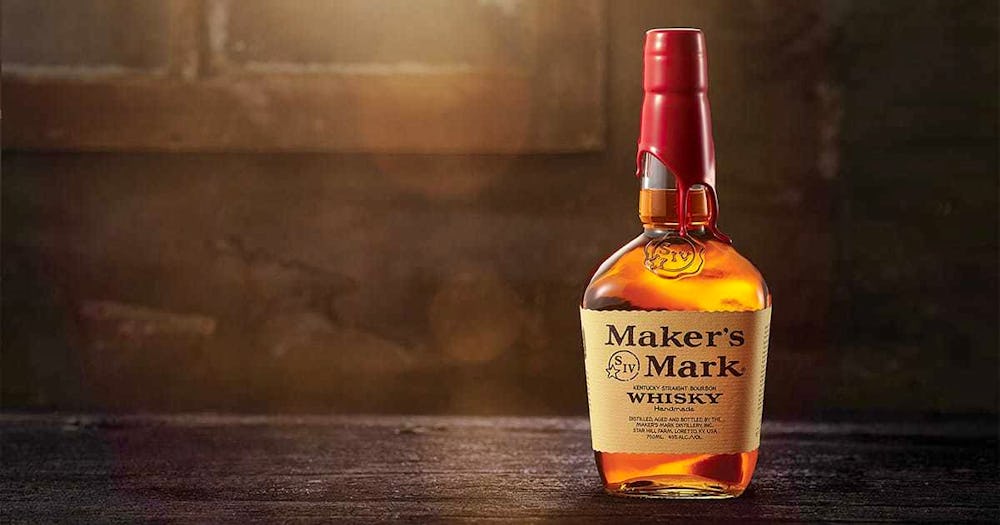
Tasting Notes: Initial sweetness – caramel, brown sugar – gives way to soft fruity notes with vanilla and cinnamon
Buy it: Waitrose, £32.00
Knob Creek Rye
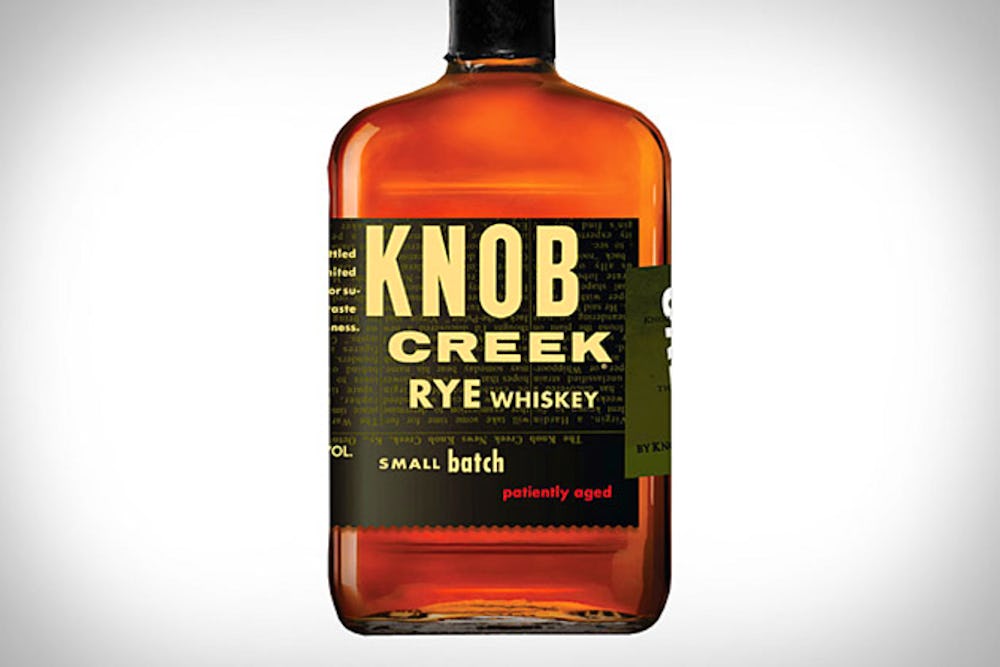
Tasting Notes: Raw wood, butterscotch candy, and cantaloupe, with the tiniest prick of heat
Buy it: The Whisky Exchange, £43.95
Blended
One of the greatest misconceptions about whiskey is that blended is inferior to single malt. In fact, up until the 1990’s, blended whiskey was considered to be superior. The difference between the two is simple and while it does infer a style it does not infer quality. Essentially, a single malt is whiskey that comes from one distillery and a blend is a whiskey that is a mix of many whiskies from many distilleries. This means that in a blend you can marry together different styles for their complementary characteristics, similar to blending grape varieties in wine. Think of it like a group hug that tastes delicious. We love them mixed with something smoky to make a Penicillin.
Compass Box Hedonism
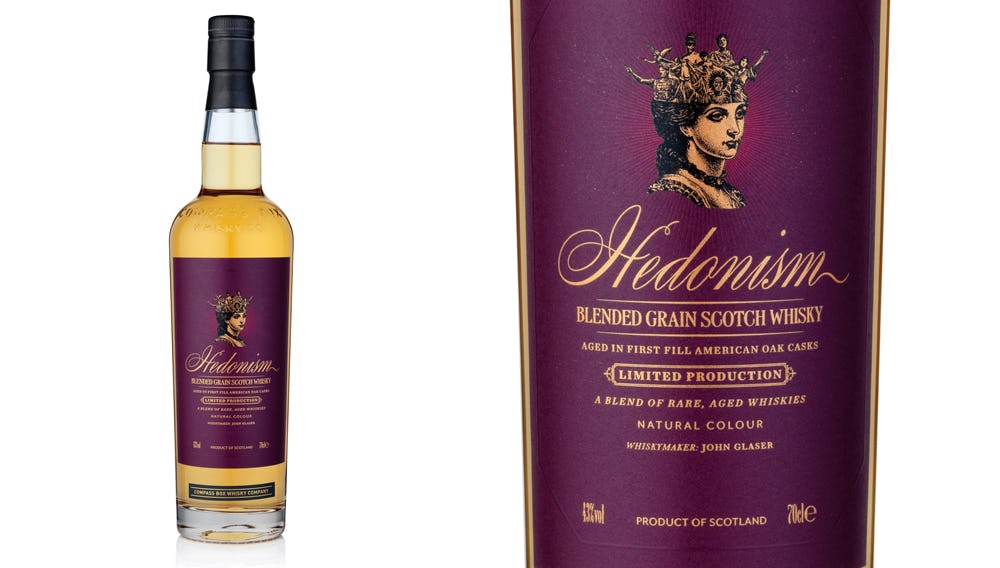
Tasting Notes: Caramel, vanilla, and coffee, finishing with a hint of coconut
Buy it: The Whisky Exchange, £66.75
Naked Grouse
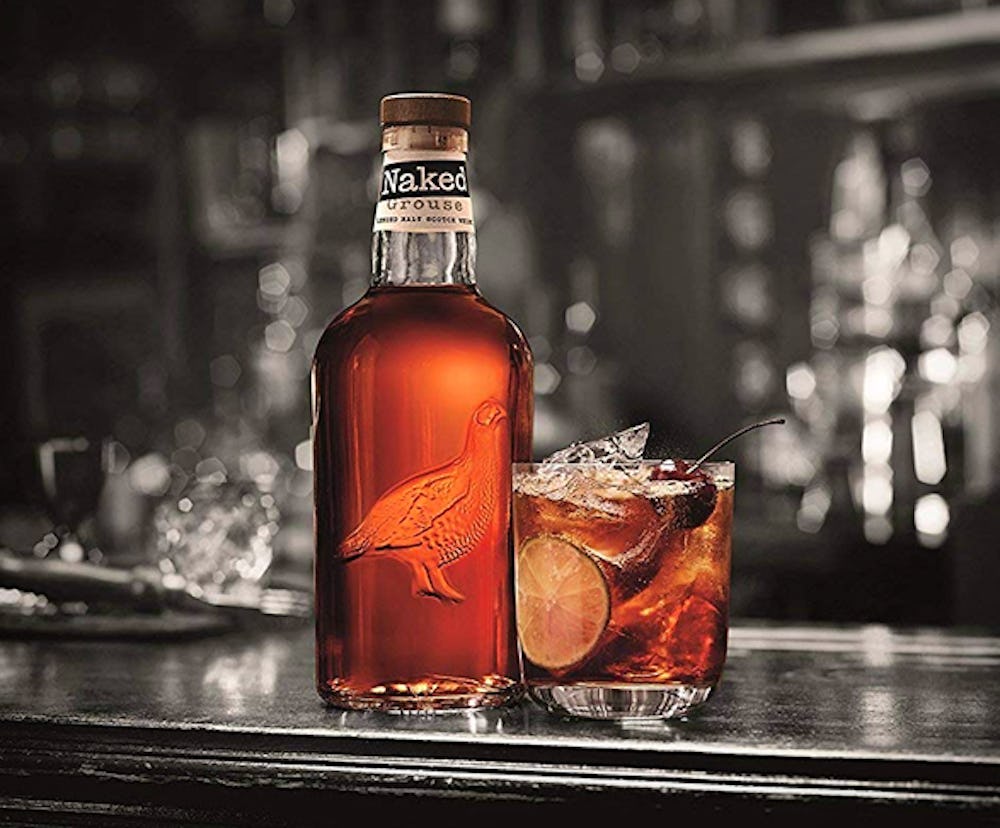
Tasting notes: Dried fruits, robust sweet malt, and a touch of barrel spices followed by lots of fresh cherry and a delicate heather smoke.
Buy it: The Whisky Exchange, £26.95
Hibiki Japanese Harmony
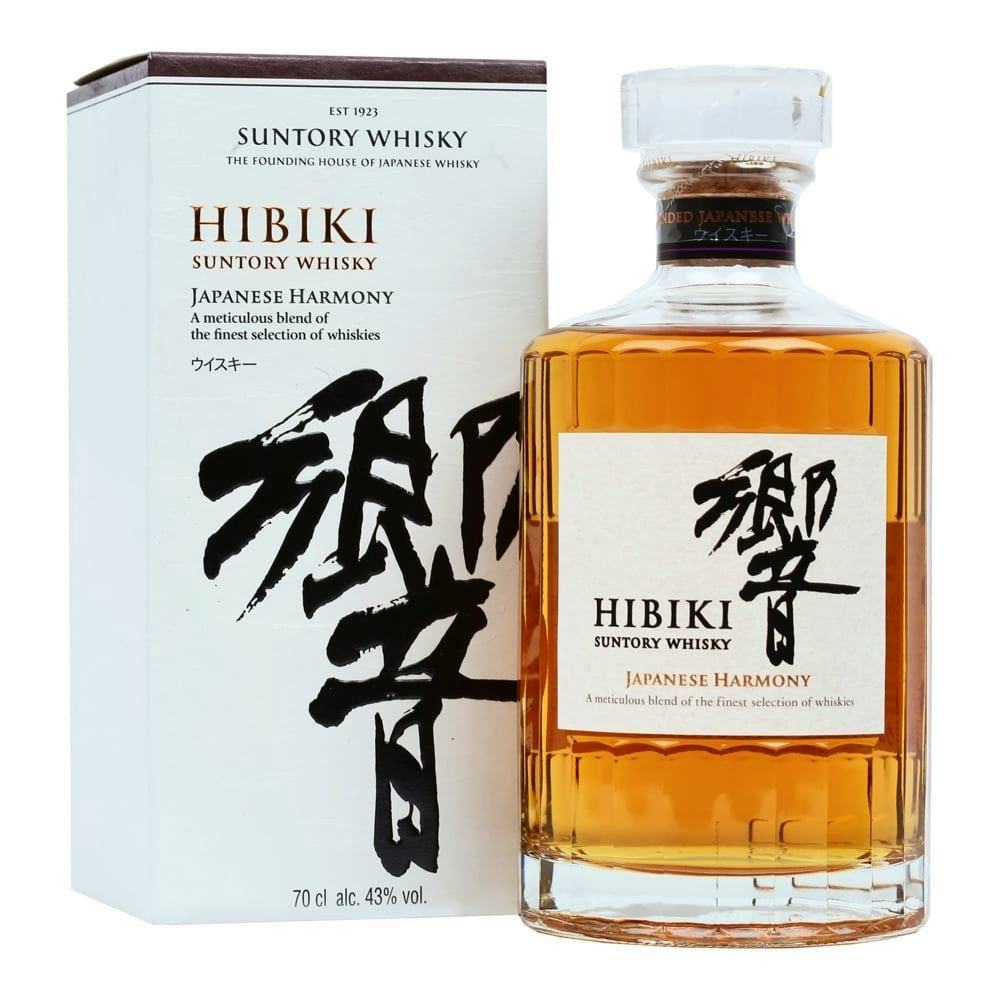
Tasting Notes: The generous fruit continues on to the palate, with oranges and apricots in abundance. There’s a little peppery spice, but the soft, succulent fruit takes hold.
Buy it: The Whisky Exchange, £66.95
Expensive Whiskey
It’s been a big year for luxury whiskey. The Macallan beat its own record of most expensive bottle ever sold not once but twice. Indeed its undeniable that the what often draws people to the dark stuff is that it appears exclusive and expensive. If someone says we can’t join a club we want in so much more. The good news is that expensive whiskey isn’t always the best. Take a peated West Coast scotch for example, they are often at their most flavourful and punchy at around 10 years old. Its undeniable though, that a whiskey left maturing for decades can develop into a rich choir of the most complex and luxurious flavours out there. Barrels aren’t cheap though (around £1000 for an old sherry butt) and nor are they cheap to store in a warehouse for decades so if you want the old stuff, you’ve got to pay for it. Suffice to say, when it comes to these old girls, they’re worth every penny.
Glenfiddich 23-Year-Old Grand Cru

Tasting notes: Sweet floral notes alongside fresh bread on the nose. Rich vanilla, white grape and pear sorbet on the palate
Buy it: The Whisky Exchange, £220
Balvenie Tun 1509
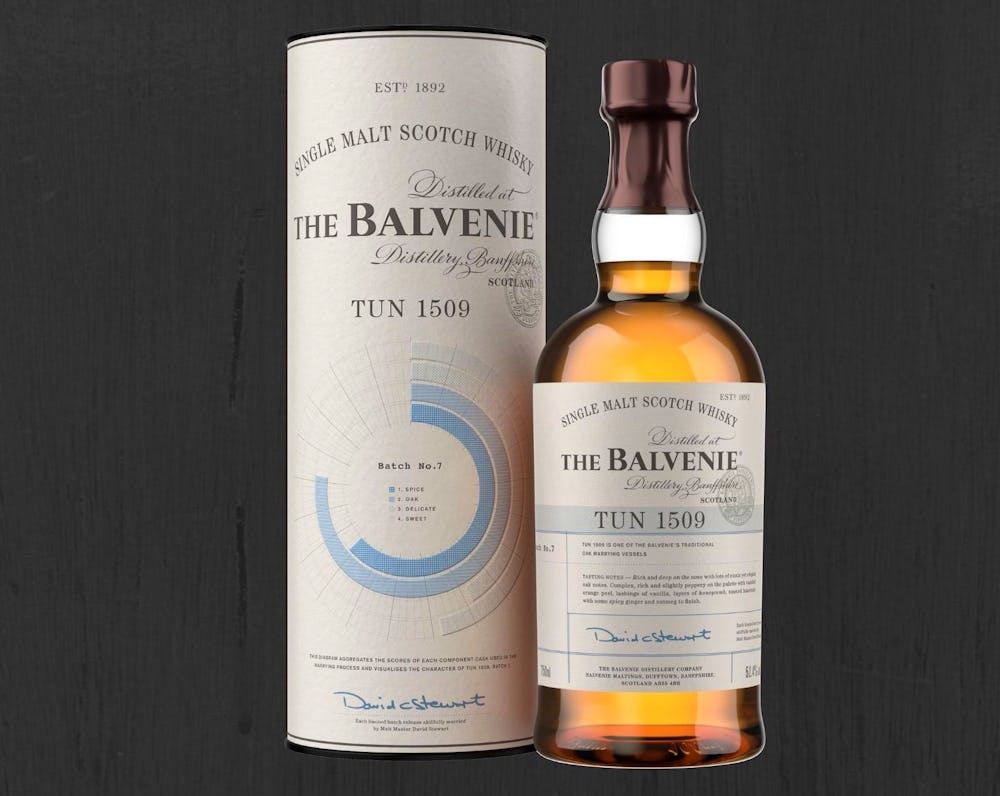
Tasting notes: Rich oaky notes on the nose, followed by dried fruits, ginger and brown sugar. Tang of orange peel on the palate, as well as deep vanilla and touch of golden syrup, with a finish of nutmeg.
Buy it: The Whisky Exchange, £299
Macallan Rare Cask
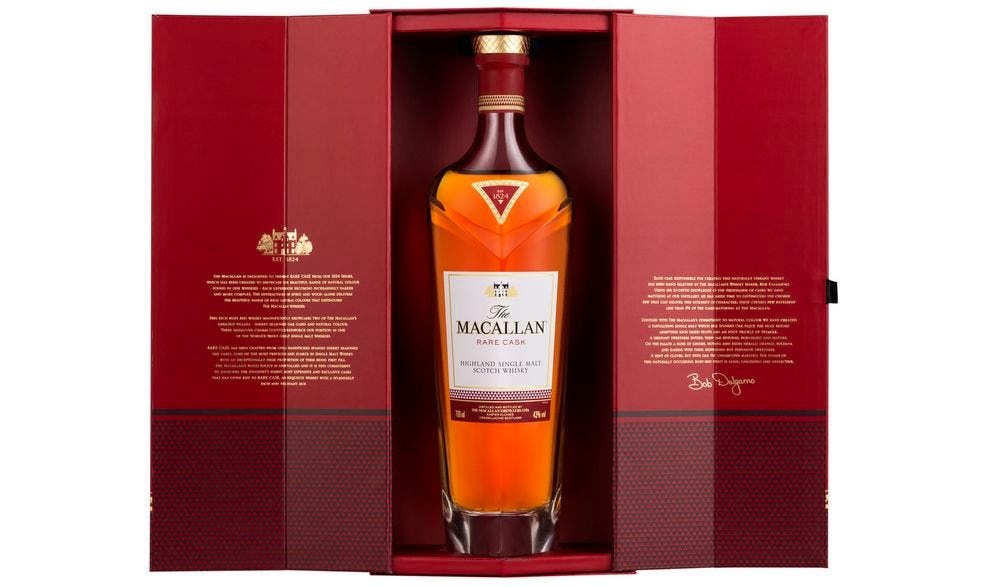
Tasting notes: Dark fruit and chocolate notes and some lighter caramel and butterscotch with a long, sweetly fruity finish with a touch of maltiness
Buy it: The Whisky Exchange, £299
Highland Park 25 yr
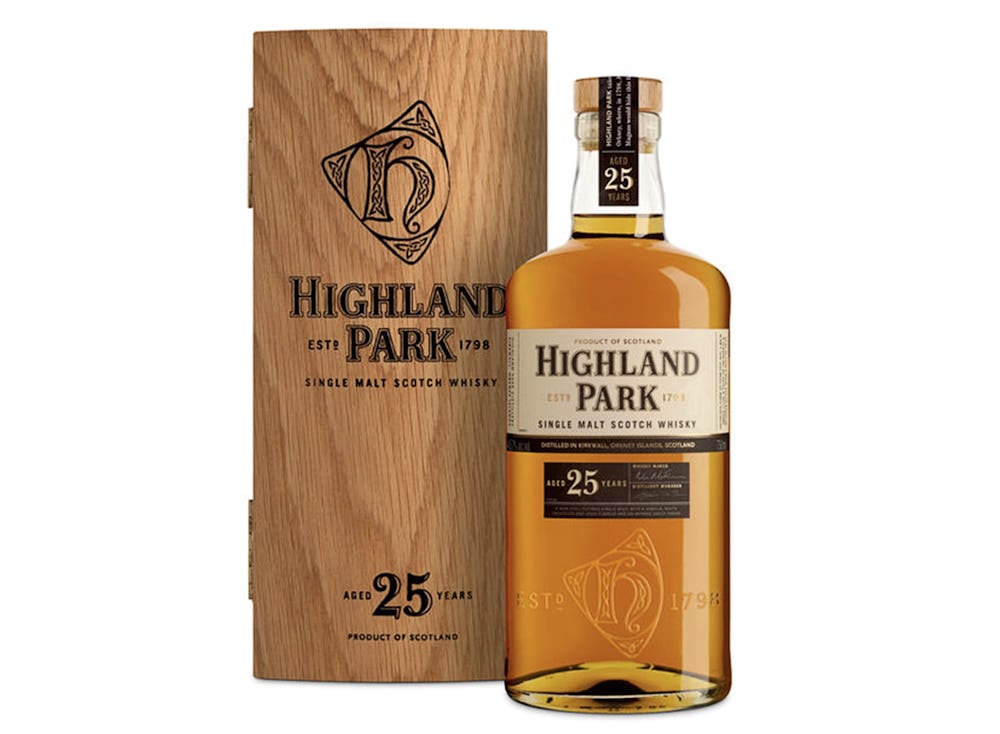
Tasting notes: Warm vanilla, buttery fudge and heather honey, overlaid by soft dried fruits. A long and smooth finish leaves a hint of heathery peat smoke and a whisper of salty sea spray.
Buy it: Master of Malt, £403.00
Words: Stephanie Goward
Additional words: Henry Coldstream
Love the finer things in life? You might like our round up of some of the most expensive Champagne in the world